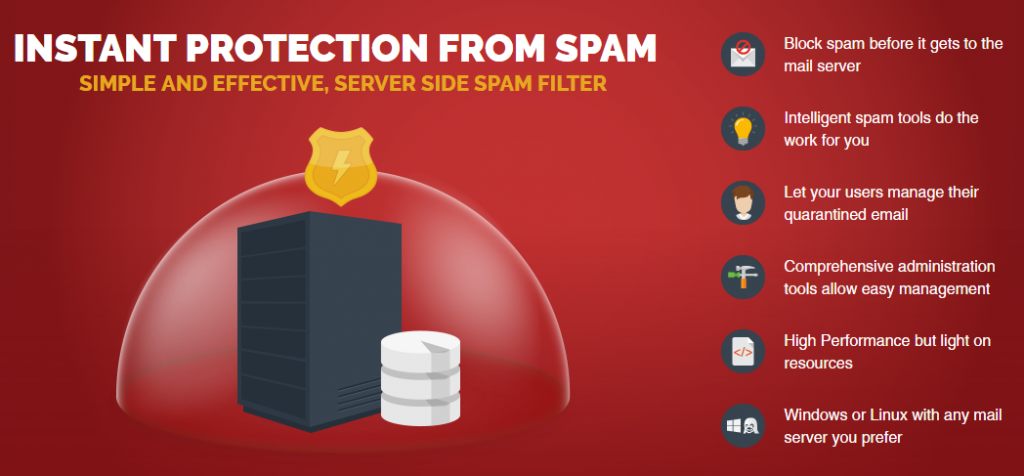Last year we had a lot more than usual load of virus attacks. Many of my clients and friends had the scare of the year.
We are talking about the Crypto Locker virus, which is found in many forms. 2016 is also known as the year of the Crypto Locker viruses. Be warned Those encrypting virusses are also known as Ransomware
Crypto Locker is a ransomware (also known as cryptoware) which is again on the rise. This form of malware ensures that personal files are encrypted / malformed, so that it is no longer possible to use these files. In order to undo the encryption, a ransom be paid. There is no guarantee that the encryption will be removed so paying is therefore strongly discouraged. The only and best option to use the infected files, is to ensure a good backup of these files. The question is when the infection began and what backup has to be put back.
The virus usually starts by someone opens an attachment from an email message from a known sender, such as a telephone oprerator. Often the virus is transmitted in a PDF, zip or Office file. At first you don’t notice anything. The virus installs itself and on a given moment, it ruins all your files. When installed, you will see a pop-up screen telling you that your files are encrypted and that you must pay an amount of Bitcoins to make them usable again.
The first step in avoiding is of course installing one of the top antivirus products, check for review sites which ones is the best. Do not rely on the free ones, because, they all have limited functionality.
Of course a antivirus impacts your computer speed, but it is best to prevent then to repair.
Create a daily backup. Your Windows PC often has a backup program installed, when not, there are tons of free backup programs out there.
Save that backup to a external hard drive or a cloud solution, like dropbox, owncloud.
Please remember that synchronizing files is not the same as backup. If you synchronize a infected file, your “back-upped” file is also infected.
Check that your backup solution works on a regurlar basis. Try to restore a file.
Many of you use previous versions in Windows. That is not sufficient. The Crypto Locker virus will attempt to remove previous versions.
Use a firewall !!
Although Windows has a build in firewall, which is often enabled by default (W7, Windows 10), it is not enough to block these kind of attacks. If your modem supports it, enable the firewall; buy a antivirus product with firewall functionality build in, so it monitors and blocks all stuff coming in from the network/ internet, before it lands on your harddrive.
Nowadays you can even check SSL traffic, which provides extra security. A firewall is not an antivirus product, but can recognize most Crypto Locker files and adjust so that they can not boot in your network.
Be aware of opening attachments. Also from known people. If there is a link in a mail, you can hover over it, if it tries to connect to a website that is not of the sender, do not click it.
If an attachment has a double extension (document.pdf.exe) do not open it. Always ask you local nerd those cases 🙂
When you want to open a attachment, save it to you’re desktop first by right clicking it and choose for save as. Then check with your virus scanner.











Leave A Response